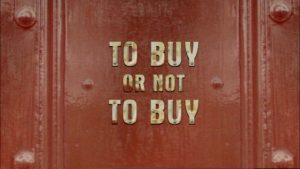 In today’s “service economy,” more and more businesses (such as auto body shops, dry cleaners, and parking lot owners) are taking temporary responsibility for property or equipment owned by others. Loss or damage to any property under the care, custody, or control of your firm could cost thousands of dollars — unless you have Bailee insurance.
In today’s “service economy,” more and more businesses (such as auto body shops, dry cleaners, and parking lot owners) are taking temporary responsibility for property or equipment owned by others. Loss or damage to any property under the care, custody, or control of your firm could cost thousands of dollars — unless you have Bailee insurance.
This Inland Marine policy covers the liability of a business (the “bailee”) for the property of customers under its care, custody, or control. Most Property policies don’t provide coverage for this type of exposure, unless it’s included specifically. You can also purchase Bailee insurance on a no-fault basis to protect customers’ property against any loss or damage and subsequent liability, regardless of negligence.
You should buy enough coverage to pay for the total value of other’s property that might be in your control at any one time. Many types of Bailee insurance are tailored to the specialized needs of a particular type of business (Jewelers Block policies, Furriers Block policies, etc.).
As an alternative to Bailee insurance, you can obtain coverage as part of a comprehensive Property policy that includes a “property of others” clause. We’d be happy to help you evaluate your needs and find a solution to insuring property under your care, custody, and control. Just give us a call.















